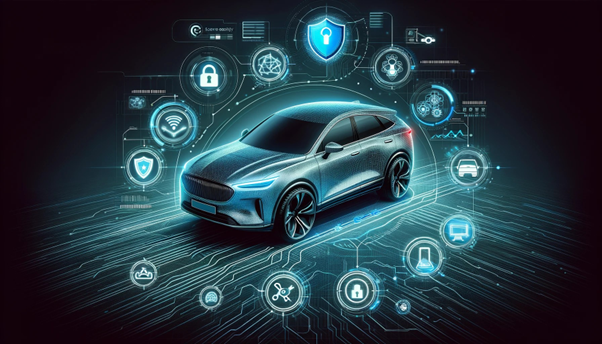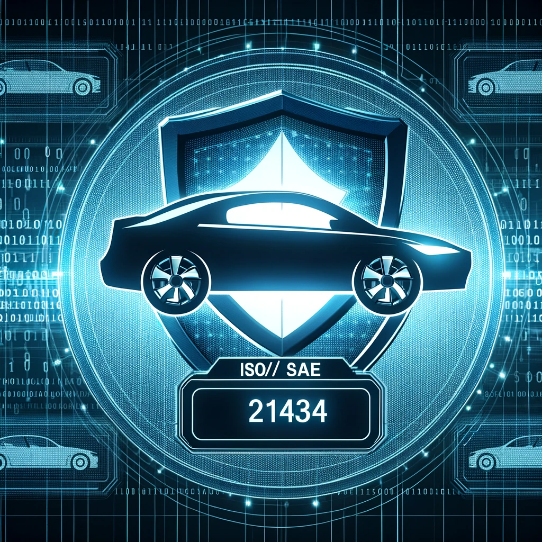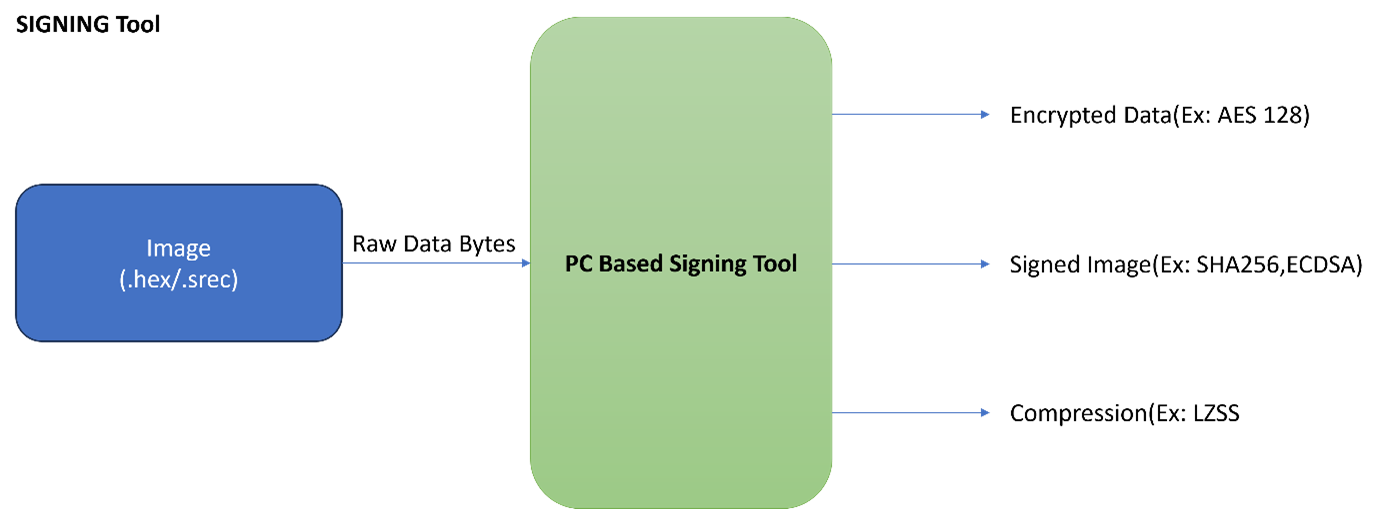In-car infotainment system is part of a vehicle’s dashboard electronics, and it offers information and entertainment to vehicle occupants. The phrase “infotainment” itself is a combination of the words – “information” and “entertainment”.
Over the past few decades, vehicles have metamorphosed from being primarily driven by mechanical components to software components. Along with this, in-car infotainment systems have undergone a massive transformation.
In this article, we explore the software modules found in most in-car infotainment systems, software design best practices, car infotainment apps, Bluetooth connectivity and upcoming trends.
But first, let’s take a look at how the car infotainment system has transformed over the years.
A Trip Down Memory Lane
- AM Car Radio
Looking back at the history of car radios, we can see a long-winding road with ample innovations as milestones. The antique automobiles are as fascinating as the stereos that adorned their dashboards.
Although the first mass-market car radio was introduced in 1930, AM car radios gained immense popularity only in the 1950s. It was soon found that AM radios didn’t provide the best experience for music-lovers on the road, as it was plagued by poor sound quality and static interference.
And then, the FM radio arrived in vehicles.
- AM/FM Car Radio
The first AM/FM head unit was introduced in cars in 1952, but it took a while for it to gain popularity. This era was also marked by the arrival of on-demand music systems and record playing head units in cars.
The lack of shock resilience pointed to the fact that record players in cars were not a sustainable option.
- Car Stereos and 8-track Cassette Tape Players
In the early 1960s, the newly introduced car stereos were revolutionary. They allowed vehicle occupants to enjoy content from multiple audio channels, unlike the mono channel systems of the past.
The 8-track cassette players also gained immense popularity during this time. However, these cassette players were too large in size, and car manufacturers were subsequently on the lookout for more compact audio options.
- Compact Cassette Tape Players
The dawn of an eclectic music age started with the popularity of compact cassette tapes in the 1970s. While being affordable, compact and incredibly easy to use, they also made it convenient for fans to take their favourite music with them, on the go.
With the introduction of cassette players in cars, these tapes became loyal companions of motorists at that time. The tapes had the capacity to store a large amount of data; it enabled users to pre-record audio tracks and curate playlists by themselves; and it became a phenomenon in the 1980s and 1990s when the boombox gained popularity.
But it was quickly surpassed by CDs in the 1990s.
- Compact Disk (CD) Players
In the 1990s, motorists had stepped into an era where they could enjoy in-car navigation and superior sound quality in vehicle audio systems. This was also the time when they started using CDs to play music while driving. CDs were better than cassette tapes as they were more durable and incredibly compact.
But when mp3 playing units were introduced in vehicles, we reached a new frontier in in-car audio technology.
- Touch-screen Systems with GPS
The early 2000s gave us in-car infotainment systems that resemble the ones in modern vehicles. Such systems had touchscreens, audio playback and GPS features. Gradually, Bluetooth connectivity and auxiliary inputs were introduced in these systems.
The first infotainment system with voice control hit the market in 2007 with the Ford Sync. Motorists experienced capabilities such as hands-free calling and voice-controlled music playback.
In 2010, Android Auto and Apple Car Play were introduced in vehicles. Some premium vehicle models also came equipped with in-car WiFi connection.
Soon after, in-car infotainment systems enabled users to access their favourite apps directly from the infotainment screen. Touchscreen features also became more intuitive and user friendly.
Fuelled by vehicle electrification and the demand for continuous connectivity options, modern-day two-wheelers are being quipped with motorcycle infotainment systems.
In-Car Infotainment Software
The past two decades witnessed a whirlwind of transformation in vehicle functionalities and component development. As vehicles became more software driven, infotainment systems also got upgraded to provide exceptional experiences for drivers and passengers.
Automotive OEMs have been using Android as an operating system for their embedded applications, long before Android Automotive came into the picture. The OEM community has been customizing Android for in-vehicle infotainment system primarily due to the consumer’s familiarity with the OS.
Android Auto has been the most preferred projection technology using which vehicle occupants have been connecting their smartphones with infotainment units.
When Google introduced Android Automotive OS, a dedicated version of Android OS for automotive applications, connectivity options for users changed significantly. Vehicle owners were able to access Google Assistant, Google Maps, and most of their favourite mobile apps directly from the infotainment unit – without having to connect a mobile phone to the system.
Some of the software modules in modern infotainment systems include:
- Media player
- Phone call and address book access
- Display of vehicle operating conditions
- Dash camera for driver monitoring
- Reverse view camera
- FOTA update
When designing infotainment systems, there are various best practices to be adhered to. Some of these include:
- For a highly responsive and light-weight IVI system, developers should focus on designing a framework/library project with common APIs which is called by different IVI applications.
- Since the infotainment system acts as a primary channel for drivers to access critical vehicle data, it is important for developers to create middleware and applications that access vehicle data from the CAN network. This data can then be presented to the driver in the form of graphics or text-based content.
- Drivers should be able to make or attend calls, stream music from their phones, or access phone address book. For this, all the required Bluetooth profiles should be integrated with the IVI system.
- The infotainment system should be enriched with apps that enhance the user experience of the target audience. For this purpose, automotive OEMs can identify and integrate popular third-party apps or specialized apps that they develop in-house.
- The in-car infotainment screens should be customized to minimize driver distraction and display the most important data to the driver at the right time. Integrating voice recognition feature is a great way to improve user experience and driver safety.
Our blog on infotainment system design strategies provides more information on the best practices and various other insights for developers.
In-Car Infotainment Apps
The most popular in-car infotainment apps are Android Auto and Apple CarPlay. Both these apps have similar functionalities. For example, when the Android Auto app on the user’s mobile phone is connected with the Android Auto app on the car, it pairs the phone with the car. The user can then access all other phone apps through the vehicle’s infotainment system.
However, the mobile apps developed for automobiles have some restrictions in safety and driver distraction aspects. For instance, Apple restricts the apps that CarPlay can enable, and these apps are expected to be in the following categories:
- Audio apps for news, music and podcasts
- Navigation apps
- Communication apps for calling and messaging
- Apps to help in parking
- Apps to show status of EV charging
- Ecommerce apps to order food
Driver Safety Always Comes First
In-car infotainment systems are not just about entertainment—they also play a crucial role in enhancing safety on the road. Most of the apps that improve driving experience are designed in a way that distracted driving is prevented. The driver’s focus is always turned away from the phone and onto the road.
For example, consider a navigation app that resides on your phone. If the phone is not connected to the infotainment system, you would have to mount the phone somewhere in your line of vision to see what’s on the screen while driving.
However, when you connect the phone with the infotainment system, the phone screen is replicated on the infotainment HMI. When the screen is large like that, how would you miss a turn? This is a classic example of how phone connectivity with in-car infotainment reduces driver distraction.
What are the Top Android Apps for Automobiles in 2023?
Although there are various Android apps that have been embraced by drivers all around the world, here are our top 5 picks:
- Google Maps is undoubtedly the most popular app for drivers. Its credibility as one of the most trustworthy apps for turn-by-turn directions makes it take the top spot.
- Facebook Messenger is exclusively available on Android Auto, and it is quite popular among automotive users.
- If you are looking for the best music app to be used in automobiles, Spotify takes the lead. It can be easily paired with Google’s voice commands to make it easier for drivers to enjoy their favourite music on long drives.
- Waze Navigation is an app that offers accurate real-time traffic updates based on its crowdsourced information. It also integrates very well with Android Auto.
- Audible enables users to listen to a good audiobook directly from Android Auto’s UI.
Bluetooth Connectivity in In-Car Infotainment
An infotainment system has various connectivity modules such as Wi-Fi, GPS and Bluetooth through which it connects with external networks or devices. Bluetooth Low Energy chipsets and modules are now available at lower costs than before. Hence, the technology is widely used by automotive OEMs to develop cost-effective infotainment systems.
Through Bluetooth Low Energy connection, the infotainment system of a vehicle can be connected to an occupant’s smartphone. This takes in-vehicle user experience to a whole new level.
- Phone Calls and Messaging – When the phone is paired to the IVI system, the user can access various features of the phone through the infotainment screen. For instance, the user can access their phonebook, check their call logs, make or receive calls, read messages, etc.
- Multimedia Access – Audio and video files on the smartphone can be played on the main infotainment screen via Bluetooth connectivity. Personalised content may also be played on the rear seat entertainment system, based on user profiles and preferences.
- Use of Android Auto or Apple CarPlay – In order to link a user’s phone with the car through Android Auto or Apple CarPlay, they should establish a Bluetooth connection. The phone’s display is then replicated on the infotainment screen and various phone apps can be accessed. Subsequent to the first-time connection, each time the smartphone is in the vehicle, the Android Auto or Apple CarPlay mode is activated automatically.
- Voice Control – After establishing a Bluetooth connection between the user’s phone and the infotainment system, the voice assistant on the user’s phone can be activated from the steering wheel. Voice commands can then be issued by the driver to control various features.
- Group Calling – In some vehicles the Bluetooth systems enable the user to connect two or more people together on a single call, or even make group calls.
Check out our blog on Bluetooth Low Energy innovations in connected vehicles to get a better understanding of how Bluetooth has evolved to be a gamechanger for in-vehicle connectivity.
Vehicle Infotainment System of the Future
The in-car infotainment system of the future will have a bouquet of features to delight users:
- Voice and gesture controls – The minimalistic touchscreen displays that we are used to today will transform into voice- and gesture-controlled systems. You may be able to enjoy 3D graphics and animation that amplifies the elegance quotient of the system.
- Conversational AI – The advanced AI tech embedded in the system will be able to assist drivers in making urgent purchases or retrieving information about the nearest vehicle charging station.
- Acoustic innovations – Audio tech providers are developing cutting-edge audio systems for vehicles that endow a superior listening experience to passengers. Technology that enables full surround sound options in a car is not too far away!
- Augmented Reality (AR) innovations – Drivers will receive digital information directly in their line of vision on the windshield through AR overlays. Overlaying crucial digital data onto the real-world views enhances the driver’s perception of the surroundings.
Read our blog on the top features of best car infotainment systems to learn more about how this technology is evolving.
With the advent of digital cockpits in vehicles, infotainment and digital instrument cluster screens are getting larger and the HMI is becoming more intuitive. Split screen functionality is also seen in such systems where multiple pieces of data can be displayed at once to the driver.
If you are seeking a technology partner to design a futuristic in-car infotainment system or a complete e-cockpit solution, let’s talk! Send us an email at sales@embitel.com to arrange a free demo of our past work in this domain.

























